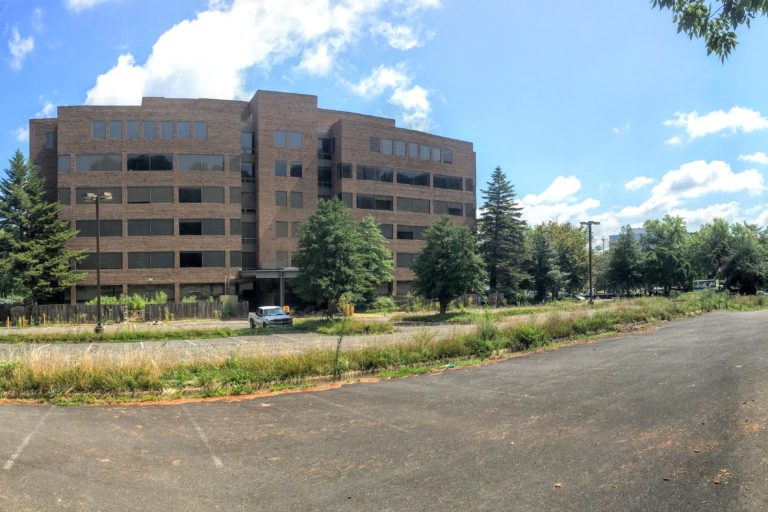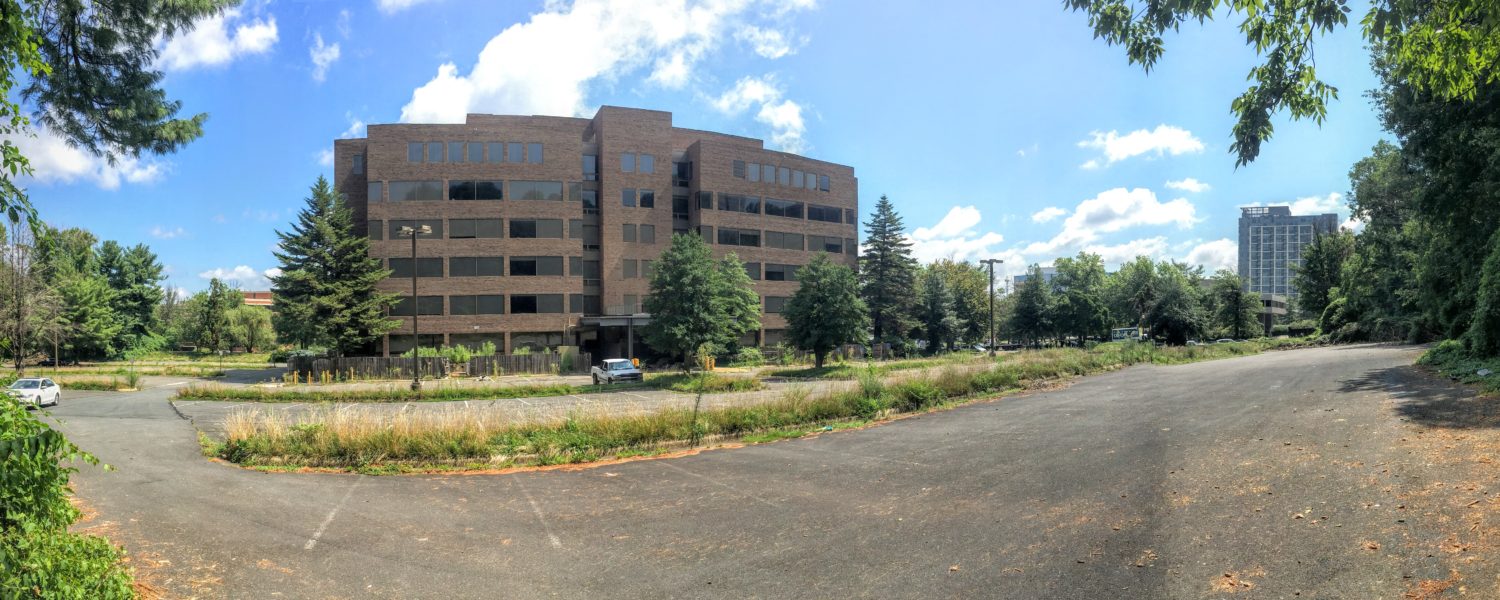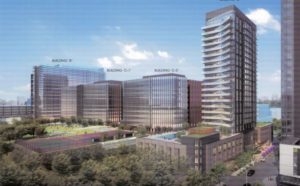The building boom in Tysons of Class A office space — within walking distance of the metro, apartments, and amenities — is having a ripple effect beyond the half-mile planning radius around each Metro stop.
The gravitational pull of this new development has spurred intra-Tysons corporate relocations and is clearing out nearby commercial and office zones in McLean, Leesburg Pike (Falls Church) Seven Corners, and Vienna. The result has been compounding a regional and national trend away from suburban-style office parks and campuses, towards urbanized, amenitized city centers, where the top talent is accumulating.
The trend is well documented by local authorities on the subject, such as Michael Neibauer of the Washington Business Journal, who noted, “More than 71 million square feet of office space is currently vacant across the Washington region. Fairfax County accounts for the largest share, 28 percent”, while the Washington Post recently reported that the Fairfax County Government,”formed a committee to figure out how to fill 20 million square feet of vacant office space” in the county.
Drive around any of the Washington suburbs and you would be excused for thinking “FOR LEASE” was a new political party supported by dreary office buildings.
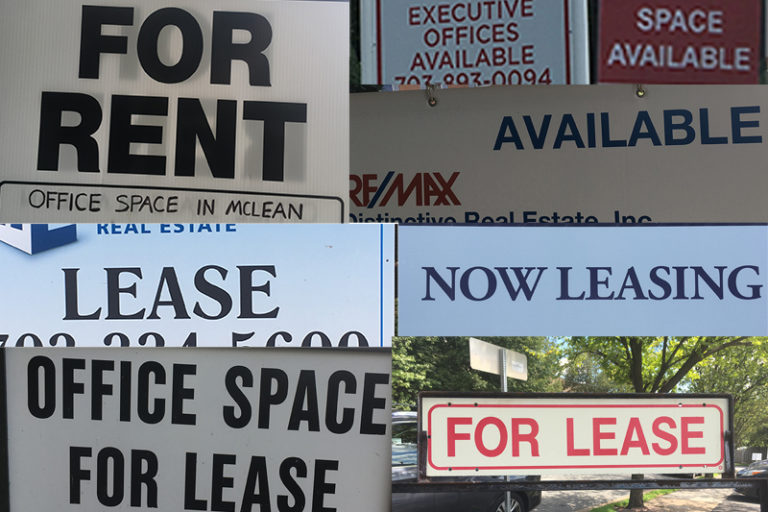
Changing work habits (remote work) have added to a decreased demand for expansive office space, and is also requiring residential builders to look at their offerings differently — when the space for home and work blur together, what are buyers looking for?
Additionally, what to do with these obsolete office buildings? Are they of any architectural merit? I’m sure our forbearers would be surprised by the lofts and factories we’ve saved and now cherish in the city centers of today.
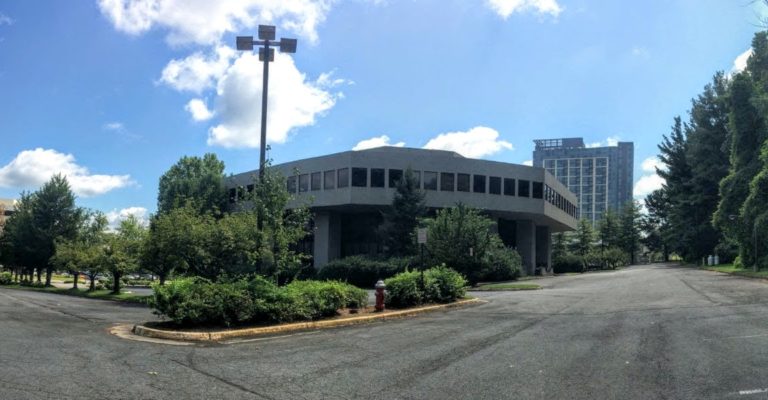
Along Westpark Drive, a series of office buildings constructed in the 1980’s and 90’s are sitting in slow decay, waiting for a new future. Monolithic blocks, ringed by moats of asphalt in the style of their time, these relics are slated for demolition and redevelopment…at some point.
But a new line of thinking has emerged, and developers such as EYA , ProMark Development, and a partnership between WeWork and Vornado, have begun retrofitting former office buildings into residential units, live/work spaces, and other creative combinations of these uses, around the DC region.
The task of converting these building architecturally isn’t quite as simple as partitioning the open office floor plans of the last few decades. With tinted, inoperable windows lacking shade, limited plumbing, aging materials, and huge amounts of space devoted to things like atriums, converting outdated office space is a tall task for any enterprising developer and design team.
What these properties also provide is ample outdoor space, and for a population with an ever decreasing parking demand, there are great opportunities to expand the buildings and amenitize what was once parking lot.
Let’s imagine for a minute that these buildings can be reliably converted to residences, live/work space, or even just open loft space, for less than constructing a new building. Might they be able to provide the affordable housing so desperately needed for everyone being priced out of the District? And, in doing so, bring workers and staff of all incomes, closer to their jobs and improve their quality of life?
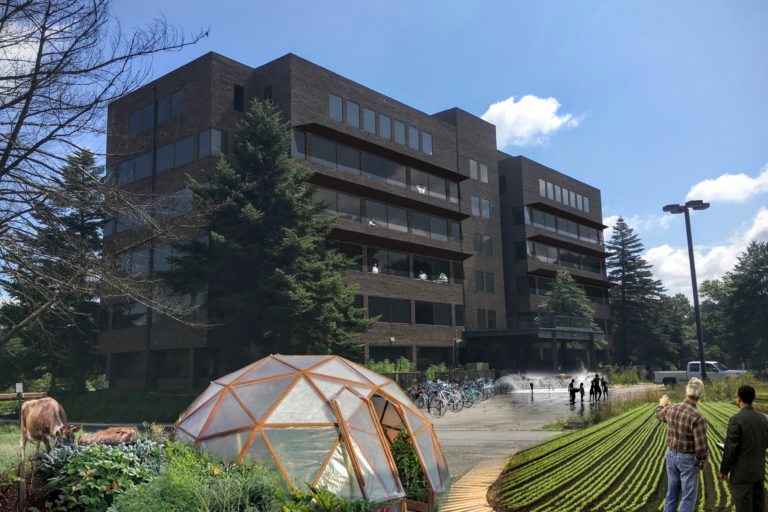
As creatives are being priced out of the city centers by lack of affordable space, could these building be the lofts for artists, ‘maker-spaces’, and startups, and the foundation of a creative scene outside the urban core? Could they be affordable places for the working class to expand their skills and find a better live/work balance?
Could they be models of sustainable living, with space for urban agriculture and green industries? After all, the greenest building is the building never built — why not make a statement with an old corporate office building to reuse and recycle among all the sleek new construction?
As places like Falls Church and Merrifield continue to lose light industrial businesses, especially the metal and glass fabricators, could those displaced craftsmen find a new home in Tysons to train the next generation in valuable, manual skill sets?
By taking a second look at these properties — as unique, existing assets — we might find they have some value of their own. And, in converting them, old buildings can be given new life and greater purpose by helping Tysons to diversify its image as a place welcoming to more than just Fortune 500 companies and Federal contractors.

